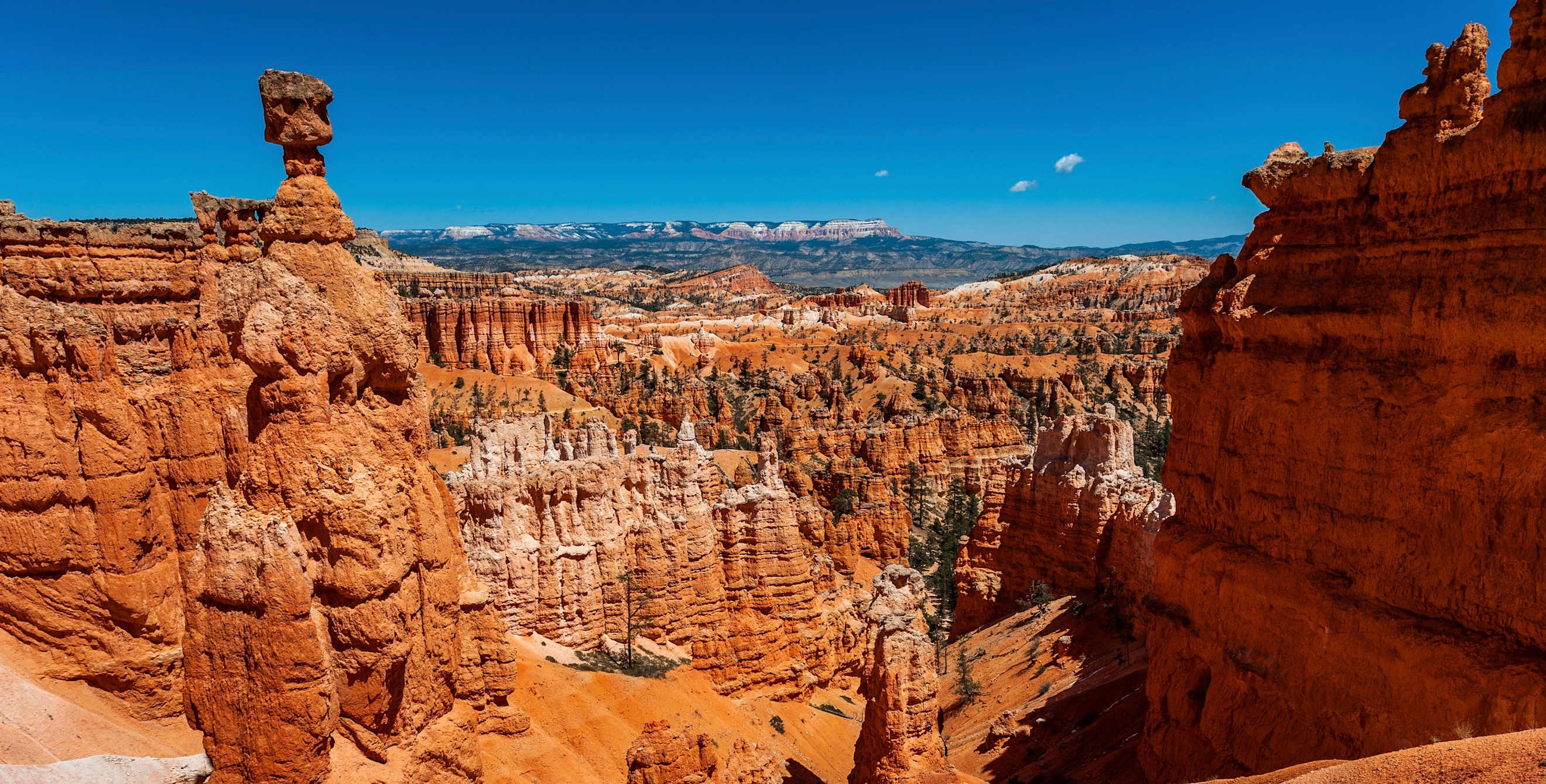
Hoodoos in Bryce Canyon
Learn about hoodoos, the limestone spires that will catch your eye in Bryce Canyon National Park.

What made Utah’s Bryce Canyon a national park and an international attraction? It’s the hoodoos—thousands of surreal, multihued limestone spires up to 150 feet tall that are part National Geographic, part Salvador Dalí. Crammed together like high-rises in a desert metropolis about halfway between Las Vegas and Salt Lake City, the hoodoos inspire imagination, contemplation, and the overpowering urge to reach for a camera.
Magical Rocks
The word hoodoo is a common synonym for voodoo, but in the world of geology it refers to a multilayered rock pillar shaped over eons by erosion.
Hasty Names?
Thor's Hammer still looks like a mallet, but the elements have de-poodlefied the Poodle, and one of the Three Wisemen lost his head in recent decades.
Harsh Punishment
According to Paiute folklore, the hoodoos formed when a god called Coyote turned the Legend People to stone for taking more than their share of water and pine nuts from the surrounding land.
Artistic Erosion
Bryce Canyon isn’t a canyon at all, but a series of amphitheaters up to 1,000 feet deep, stretching some 20 miles. The land has been carved by weather—rain, snow, freezes, and thaws—not a river.